Have you ever wondered how your favorite products are designed? Chances are, a product designer was behind it. Product designers use their creativity and expertise to blend user needs with business goals, resulting in products that are not only successful but also sustainable for long-term business needs. In other words, product design is all about creating solutions that optimize the User Experience (UX).
What Is Product Design?
The product design process can be broken down into five main steps: ideation, concept development, prototyping, testing, and mass production. Let's take a closer look at each of these steps.
Ideation is the first step in the product design process. This is where you come up with an idea for a new product or service. To generate new ideas, you can use brainstorming techniques such as mind mapping or flash brainstorming. Once you have a list of potential ideas, it's time to choose the one that you want to pursue further.
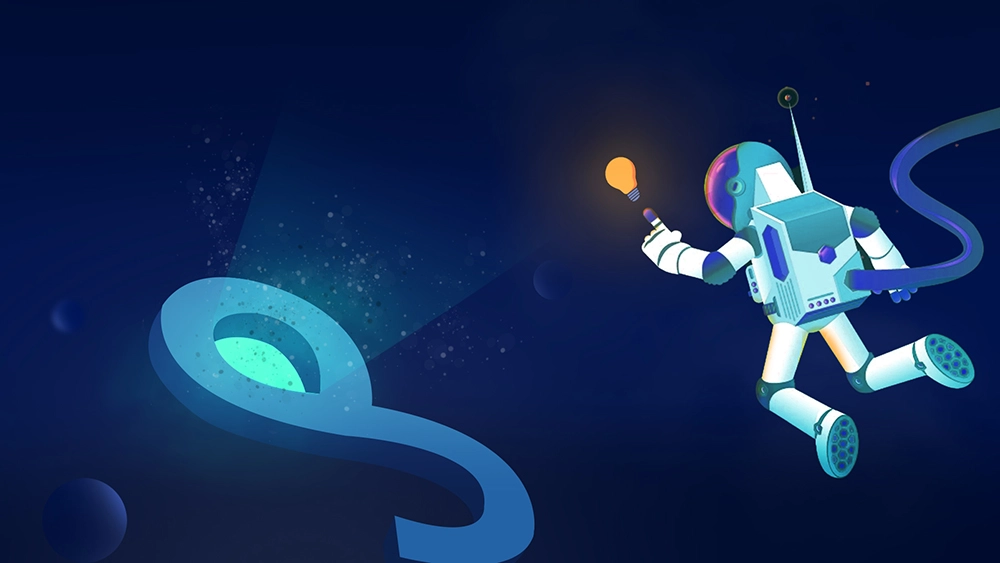
The next step is concept development. In this stage, you take your chosen idea and start developing it into a concrete concept. This involves doing market research to see if there is a demand for your product or service, as well as investigating your competition. Once you have a good understanding of your target market and what your competitors are offering, you can start designing your product or service.
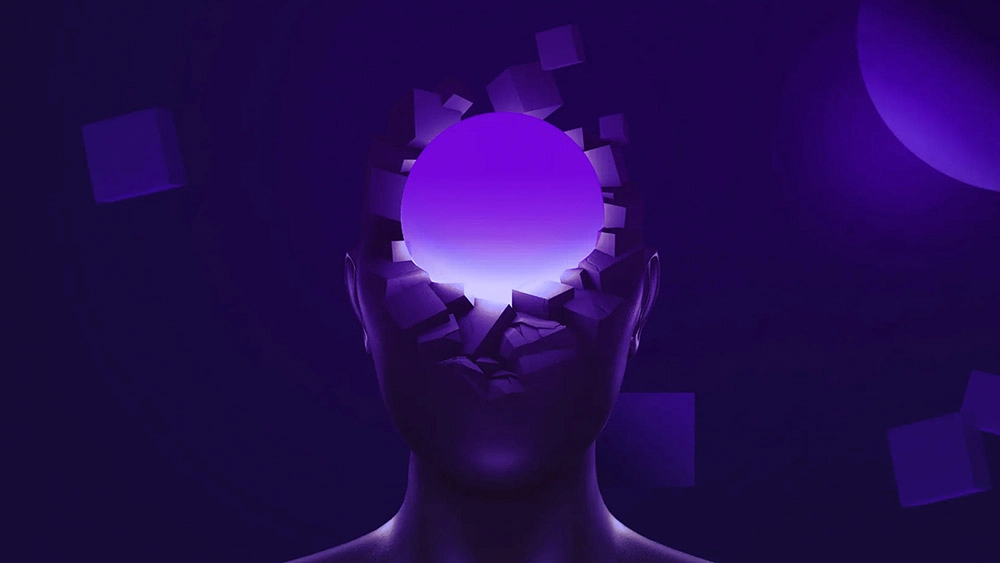
After you have a solid concept, it's time to start prototyping. A prototype is a model of your final product or service that allows you to test its feasibility. Prototyping can be done using paper sketches, 3D modeling software, or even physical objects. The goal of this stage is to create a working model of your product or service so that you can test it before moving on to mass production.
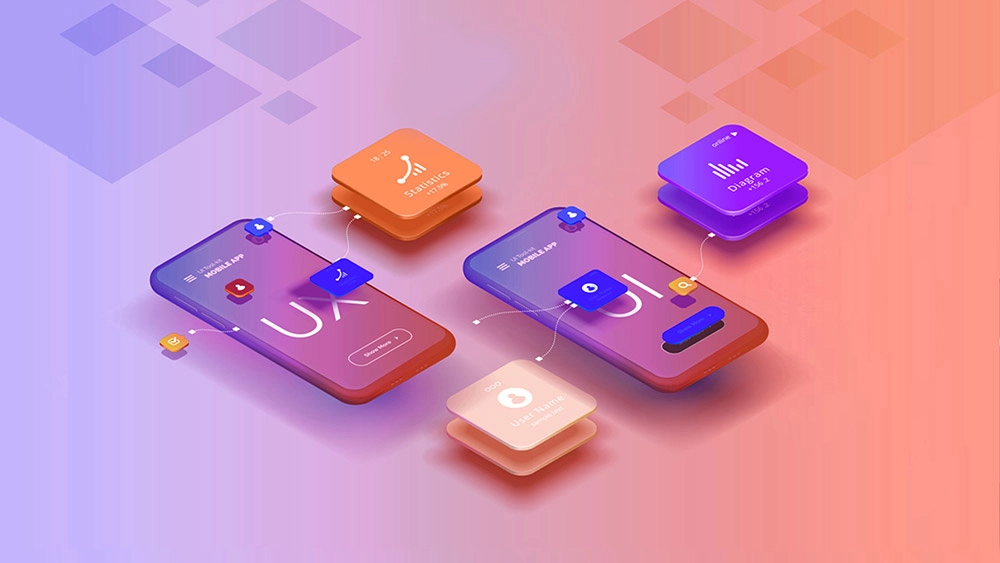
Testing is an essential part of the product design process because it allows you to find any problems with your prototype before going to market. There are many different types of tests that can be performed on a prototype, such as a usability testing, functional testing, and stress testing. By conducting these tests, you can make sure that your product or service is ready for consumers before taking it to market.

The final step in the product design process is mass production. This is where your prototype is turned into a final product that can be sold to consumers. To do this, you need to find manufacturers who can produce your product or service on a large scale. Once you have found suitable manufacturers, you will need to negotiate contracts and pricing with them so that they can start mass-producing your product or service according to your specifications.
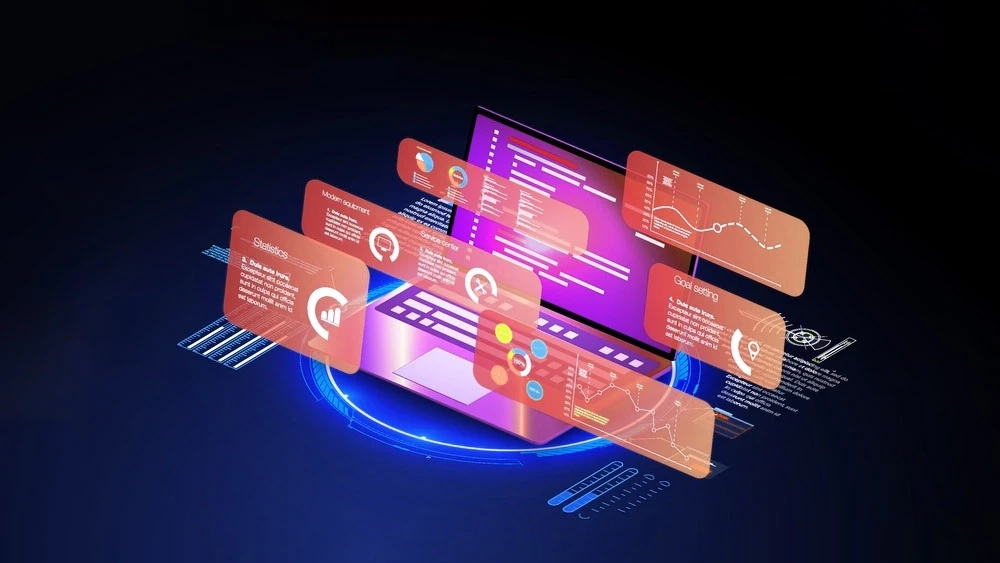
The key to making sure your product will be successful is determining if there's strong demand for it. You can do this by doing user research and assessing whether the target market wants what you're offering before diving into the designing phase!
Some methods for user research include:
User Interviews
User research is a crucial part of the design and development process. If you want to ensure that your product has demand, then it's important to validate this with user interviews or other methods like surveys as well.
Online Surveys
Surveys and questionnaires are great ways to gather data quickly. However, you may lack deeper insights with surveys and questionnaires because they are time-consuming, and the user may not be able to talk or pen their thoughts in a rush. Online surveys can be very helpful when it comes to taking feedback and data related to your product. With more time on hand. Users can go into detail with their answers which will only help make our product better and well thought out.
Market Research
The process of product design is not an easy one, with countless factors to consider. One important aspect that must be thoroughly understood by any designer striving for success in this industry are the mistakes made by your competitors before. Learn from them and try to avoid them in your product design. This information helps designers learn from their past errors, which ultimately leads to better results!
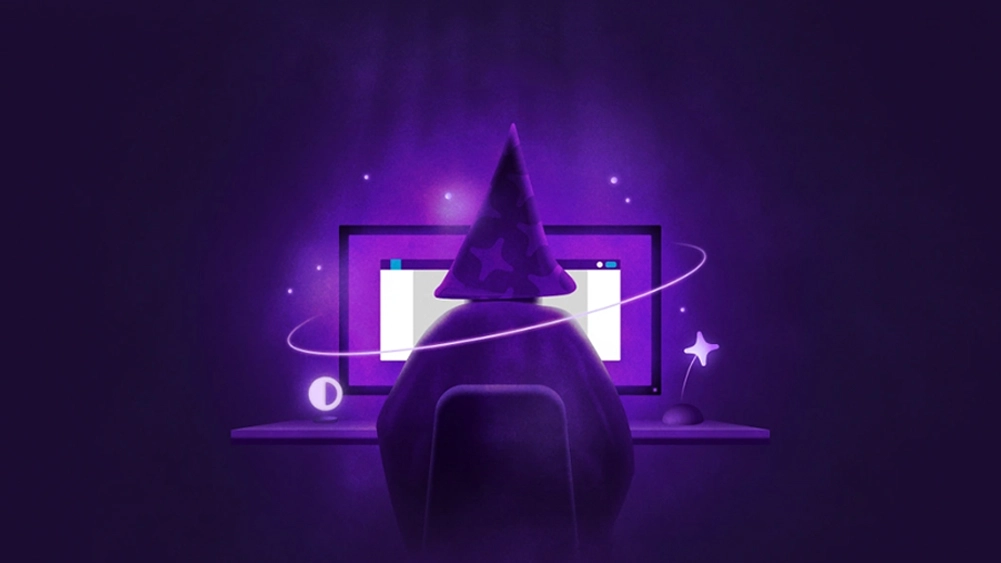
Product designers typically have a background in fields such as industrial design, human-computer interaction, or cognitive science. However, with the rise of User Experience (UX) design, many product designers now come from a UX background. No matter their educational background, all product designers share one common goal: to create products that meet the needs of both users and businesses.
Your dream design is just a click away!
More to Read
Save Your Business By Branding
Branding is much more than just about creating a color scheme and designing a logo. In today's business world, brand identity is more important than ever.
10 Ways How User Experience Designers Bring Value to the World
In today's world, we rely on technology more than ever before. We use it to stay connected with our loved ones, do our jobs.
Product Design: The Ultimate Process And Function
Have you ever wondered how your favorite products are designed? Chances are, a product designer was behind it.




